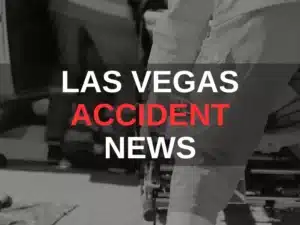The implementation of roadside blood draw programs may help cut down on drugged driving accidents. As more states legalize marijuana and the opioid epidemic continues, crashes involving drug-impaired drivers are an increasing problem that puts everyone on the road at risk for serious injuries or death. According to the National Institute on Drug Abuse, of the drivers killed in auto collisions in 2016 who were tested, 43.6% had drugs in their systems.
Keeping Drug-Impaired Drivers Off the Road
Law enforcement phlebotomy programs may help authorities catch drug-impaired drivers, and therefore, may help serve as a deterrent to keep people from driving after using drugs or medications. No breath test, such as the ones used to measure blood alcohol content levels, exist for drugs. Without roadside blood draw programs, drivers had to be transported to the hospital or police department to get their blood tested for impairment. During that time, the drugs may metabolize in their bodies, so the results may not accurately represent their level of impairment when they were behind the wheel.
Conducting the blood draws on the spot, however, significantly reduces the time between when an accident occurred and when the sample is taken. Consequently, law enforcement is better able to capture whether drivers are under the influence of drugs or medications and hold them accountable for driving while impaired.
The Dangers of Drugged Driving
Using over-the-counter, prescription, or illicit drugs and medications may cause driving impairments that increase the likelihood of motorists causing serious auto accidents. Different drugs may have various effects on drivers. For example, marijuana may impede people’s judgment of time and distance and slow their reaction times, while methamphetamine or cocaine may cause people to act aggressively or recklessly.
How Do Roadside Blood Draws Work?
Certified phlebotomist law enforcement officers perform blood draws through roadside tests to determine whether drivers are under the influence of drugs. Typically, these procedures take place in specialized vehicles outfitted with tables and chairs for blood draws. In conducting a roadside blood draw, law enforcement officers follow the appropriate sanitization and Occupational Safety and Health Administration standards.
If drivers refuse to give a sample, law enforcement may submit a warrant request electronically. An on-call judge may approve such requests any time, day or night, and often within minutes of the request, further expediting the process.




